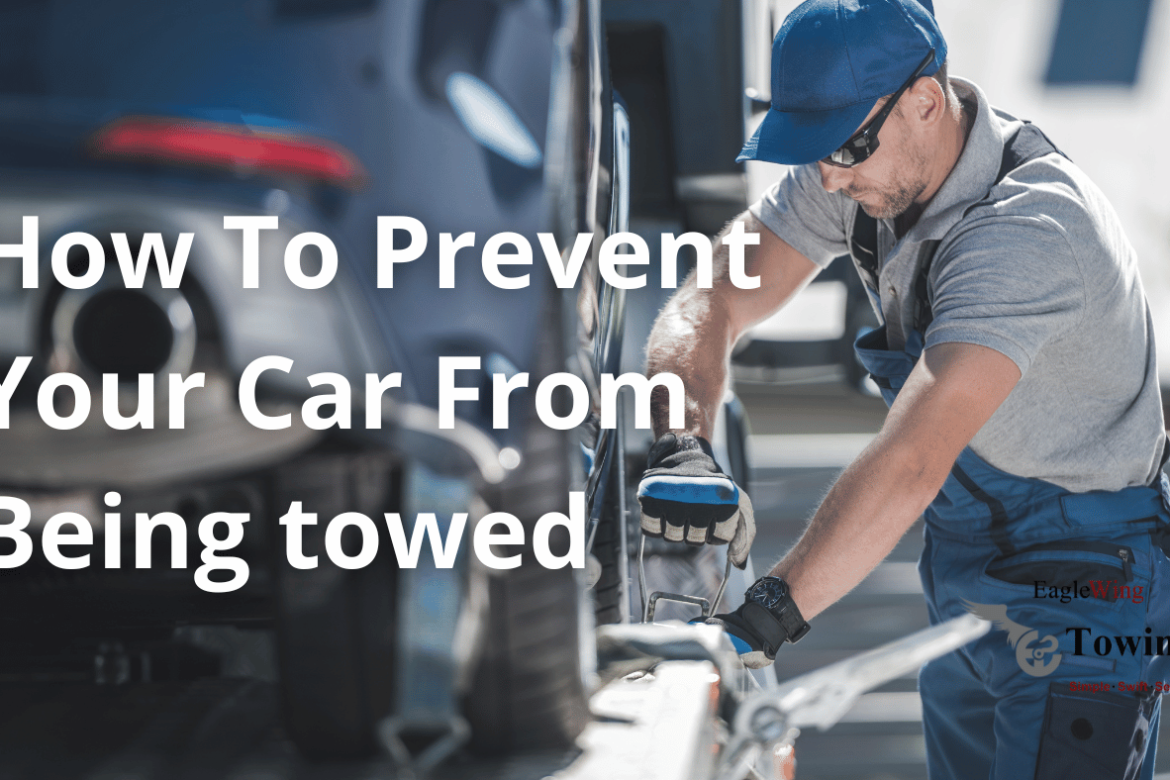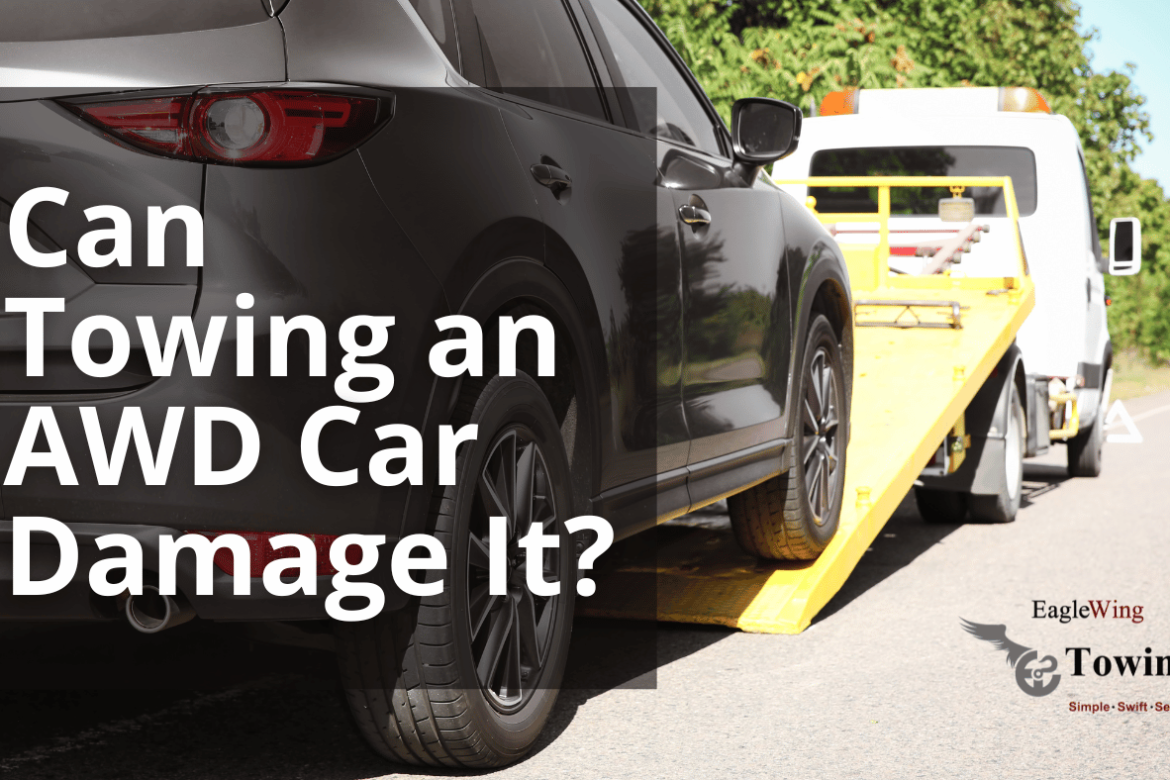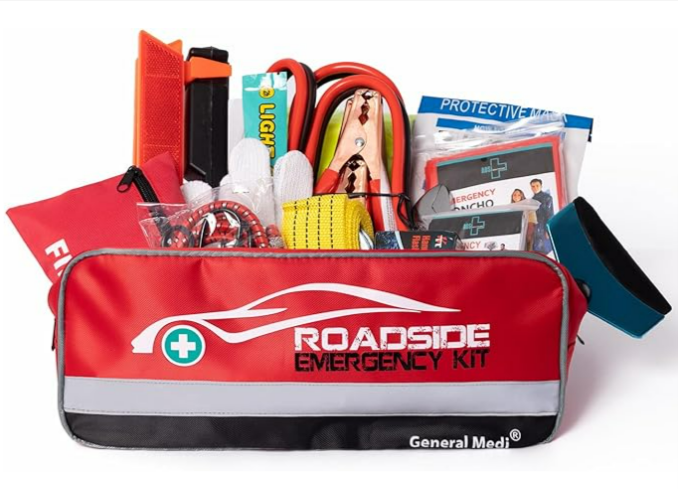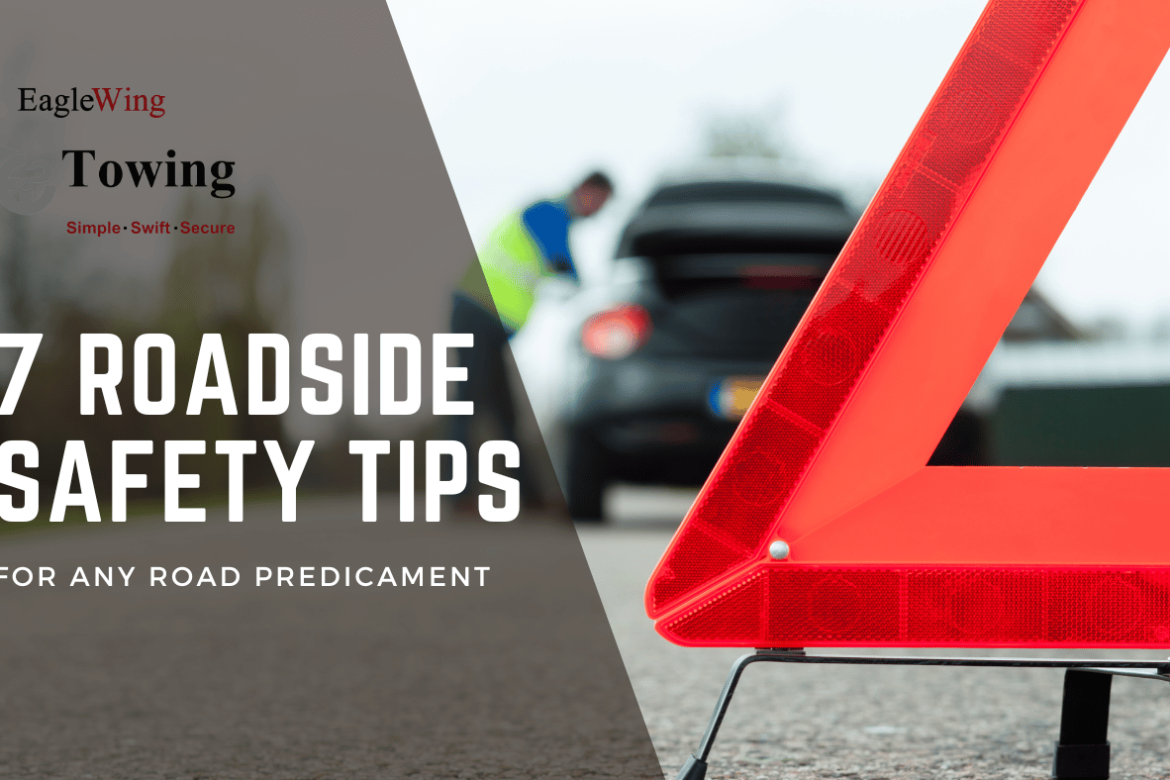Whether it’s spotting a tow truck hauling away a car or the sinking realization that your parking spot is now empty, getting your car towed is something no one wants to experience. This guide will help you understand the common reasons cars get towed and how to prevent it from happening to you.
Common Legal Reasons for Towing Vehicles
Traffic Hazards and Public Safety
If your vehicle is blocking an intersection or impeding traffic flow, it can be towed to ensure public safety.
License and Registration Violations
Driving with a suspended license or expired tags can lead to your car being towed. Always keep your documentation up to date.
Unpaid Fines and Legal Compliance
Unpaid traffic tickets or expired registrations can result in your car being towed. Pay fines promptly to avoid this.
Unauthorized Parking
Parking in restricted areas, on private property, or in tow-away zones without permission can lead to towing.
Unsafe Vehicles
Cars with critical mechanical failures or those involved in accidents may be towed for safety reasons.
Parking Violations
Restricted Areas and Time Limits
Parking in no-parking zones, fire lanes, or exceeding time limits at meters can get your car towed.
Proximity to Critical Infrastructure
Parking too close to fire hydrants or blocking access ramps can result in immediate towing.
Permit Zones and Handicapped Spaces
Parking without proper permits in controlled zones or handicapped spaces can lead to fines and towing.
Obstructing Traffic and Access
Double parking or blocking driveways can result in your car being towed.
Compliance with Local Laws
Always observe local parking rules, including street-cleaning schedules and weather-related restrictions.
Payment of Fines
Unpaid parking tickets can lead to your vehicle being towed. Settle all road violation charges promptly.
Private Property and Special Circumstances
Understanding Towing from Private Property
- Signage and Authorization: A car can be towed if proper signage is displayed.
- Immediate Towing Conditions: Vehicles parked without permission can be towed immediately.
- Owner’s Rights at the Time of Towing: If your car isn’t fully hooked up to the tow truck, you can retain it without charge.
Special Circumstances and Owner Protections
- Recovering Your Vehicle: Prove ownership and pay fees to retrieve your car.
- Access to Personal Property: You can access your car at the tow yard to retrieve personal items.
- Dispute Resolution: Request a tow hearing if you believe your car was wrongfully towed.
Blocking Access or Traffic Flow
Are tow truck considered emergency vehicles? We look into this topic in our blog post you can read here: Are Tow Truck Considered Emergency Vehicles?
Immediate Removal
Cars blocking traffic or emergency access routes can be towed by police to maintain safety.
Traffic Regulations
Violating no-stop zones or blocking emergency routes can lead to towing to keep pathways clear.
Accidents or Mechanical Failures
Towing After Accidents
Cars involved in accidents are often towed to clear the road and facilitate repairs.
Tow Company’s Duty of Care
Tow companies must handle your vehicle carefully. Document its condition before and after towing to address any damage claims.
Handling Towing Damages
Verify your insurance coverage for towing damages and consult an attorney if necessary.
Expired Registration or No Insurance
Immediate Consequences
Driving with expired registration or no insurance can result in towing and impoundment.
Retrieval Process
Secure insurance and update registration to reclaim your car. Only the registered owner can retrieve it.
Costs and Legal Considerations
Retrieving an impounded vehicle involves towing and storage fees, which can add up quickly. Stay informed about local laws to avoid towing.
Protecting Your Vehicle from Being Towed
Related content: How Not to Get Towed
Anti-Towing Devices and Strategies
- Engage Emergency Brake
- Use a Steering Wheel Lock
- Install a Wheel or Tire Lock
- Park Tightly Between Other Cars
- Disable Brake-Shift Interlock Override
Legal Considerations and Owner’s Rights
- Proper Documentation: Tow truck operators must provide detailed information about the tow.
- Right to a Hearing: You can contest the tow’s validity through a post-storage hearing.
Now Over To You
By understanding the common reasons cars get towed and taking preventive measures, you can avoid the stress and costs associated with towing. Stay informed about local parking laws, pay fines promptly, and use anti-towing devices to protect your vehicle.
For immediate and reliable towing service in Aurora, Denver, and Lakewood, Colorado, call Eagle Wing Towing at (720) 295-8005. Our top-rated team is available 24/7 to assist you.
FAQs
What are the typical reasons for a car being towed in the United States?
Cars may be towed for traffic hazards, unauthorized parking, and unpaid fines.
Why might tow trucks operate during nighttime hours?
Tow trucks often operate at night to address parking violations and clear potential hazards.
Is it possible to tow an automatic car, and if not, why?
Towing an automatic car with its drive wheels on the ground can damage the transmission. Always use a flat-bed tow truck.
What should I check if my car won’t start?
Check the battery, fuel level, and any warning lights. If you can’t fix it yourself, call a tow truck for help.

















